Recharging Class Time
STEM grant purchases solar power, sphero balls
By Amie Johansen
amie@charlescitypress.com
Two Charles City School District teachers recently received sizable sums from the CenturyLink Clarke M. Williams Foundation’s Teachers and Technology grant program.
High School social studies teacher Rob Pittman earned $3,325 for a solar panel project.
“What if I get a whole bunch of parts for solar panels? What if I put all the parts on a table and say ‘I challenge you to see what (you) can create,” Pittman said of the project.
As a social studies teacher, Pittman’s classes are not typically considered for STEM — science, technology, engineering, math — projects. He wants to change this way of thinking. Inventions are not created if there is not a knowledge or understanding of what is needed, Pittman said.
Before challenging the students, Pittman practiced with the materials so he would be able to better answer their questions. Any students who were interested in working with the solar panel pieces were welcome.
“I (allowed) as many kids to do it for the supplies I got,” Pittman said. There are seven students working on five different projects.
Before creating, each student identified a need.
“Kids are always on their cell phones so they’re not charged for after school,” Thea Montemayor, freshman, said in answering why she and her partner Sophia Morton chose to create a cell phone charging station.
Avid campers and hikers, AJ Maloy, junior, and Jeramiah McCubbin, eighth grader, wanted something to recharge their cellphones or GPS when they are without electrical outlets.
“I do a lot of backpacking trips,” Maloy said. “If we can recharge batteries…that’s pretty handy.”
The solar panel projects have given these seven students a variety of new opportunities.
In assembling the cell phone charging station, Montemayor learned to use cordless drill. According to Maloy, he had never before soldered, but was required to complete his circuit. He is also challenged with a sewing project to make the apparatus water resistant.
Each student has a slightly different reason for wanting experiment with the solar panels.
When Pittman challenged his class to create something with solar panels, he went further and “dared the girls” to disprove the stereotype that “girls don’t do science.” According to Montemayor, she already enjoys trying new things, and Pittman’s challenge pushed her to take the plunge.
Maloy wanted to take the opportunity to learn more about a growing curiosity.
“I kind of always been interested in alternative energy sources,” he said.
To help provide context to the projects, before getting started, Pittman invited a speaker from Twin Turbines Energy in Mason City to speak about alternative energy.
Students work during their SMART lunch periods and after school to complete each project. They are working diligently to finish the projects before the last day of school.
Also receiving funds from the CenturyLink Clarke M. Williams Foundation’s Teachers and Technology grant program was eighth grade math teacher, Toni Smith. Smith was given $4,500 to support the a Sphero Robot ball project.
“A Sphero is an app-enabled robotic ball,” Smith said. “There are numerous activities that can be done with them, depending upon which free app is downloaded and used… For example, students will work on rate, distance and time relationships by writing the code for the Sphero to successfully navigate a maze.”
The grant money allowed Smith to purchase 12 Sphero Balls and 12 mini iPads for her classroom. Sphero balls will enable to students to think critically about math, physics and computer science, she said.

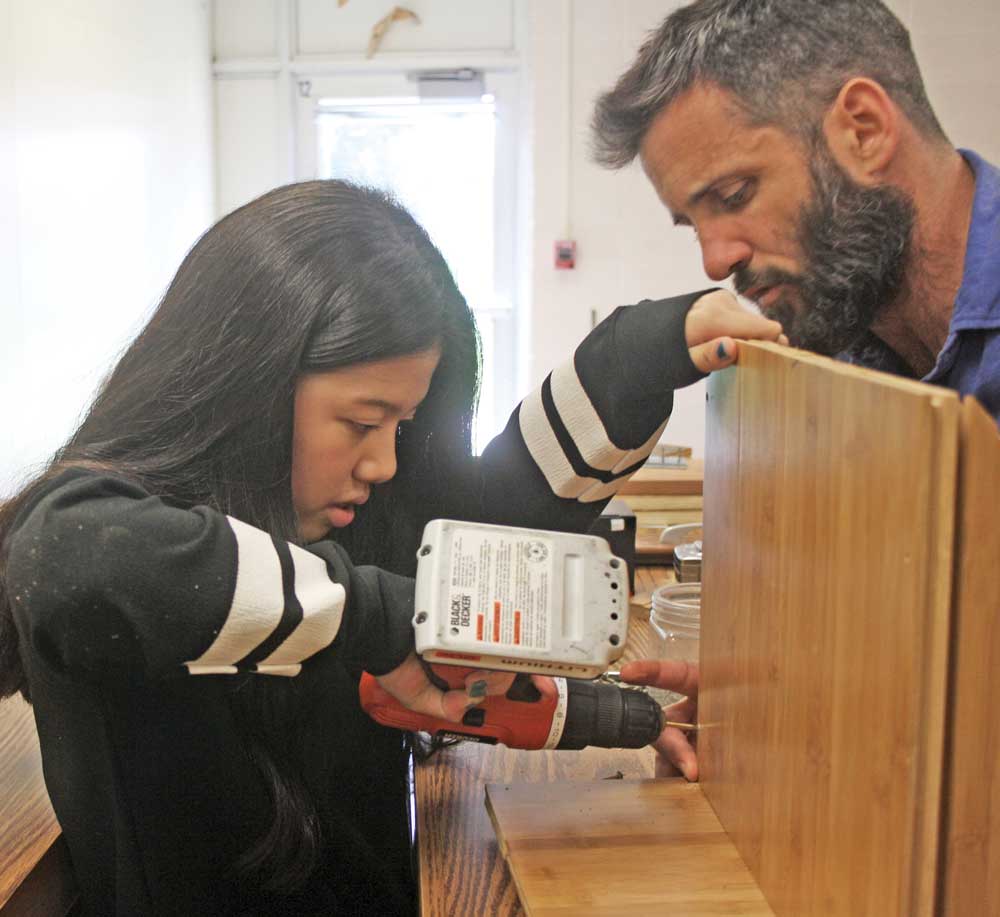
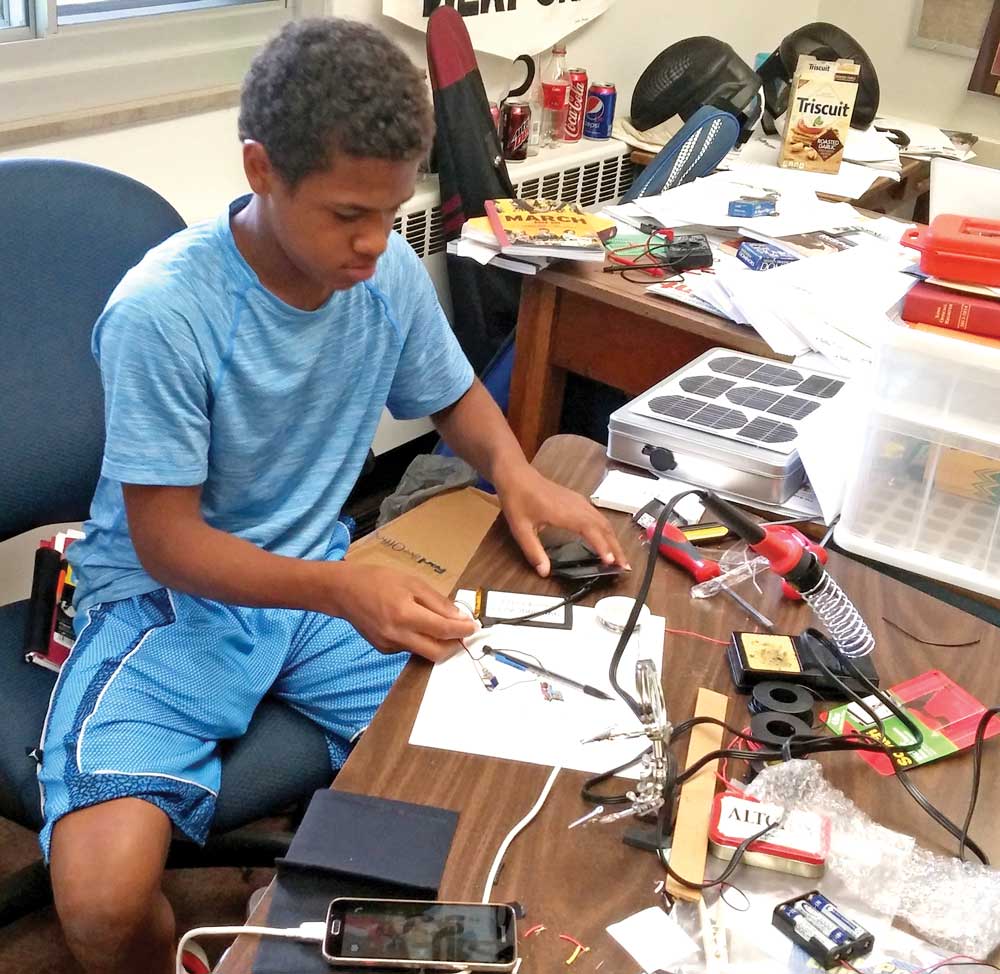
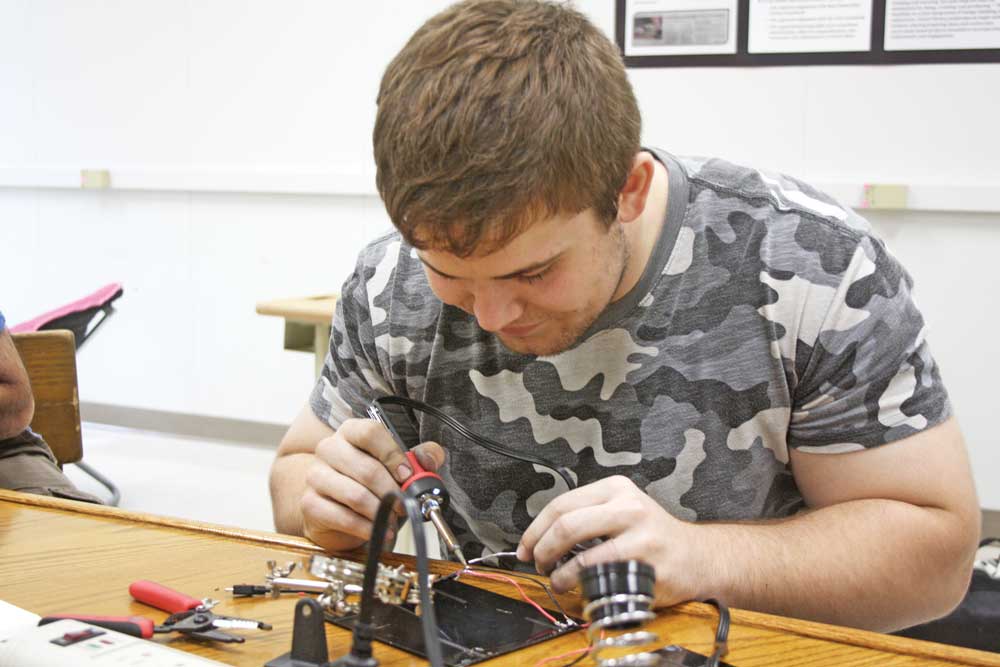
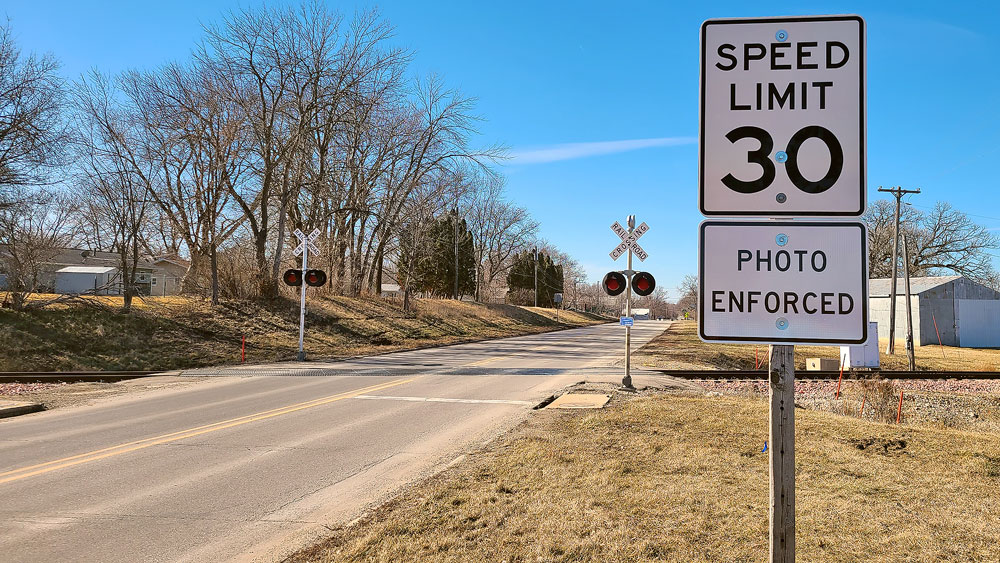
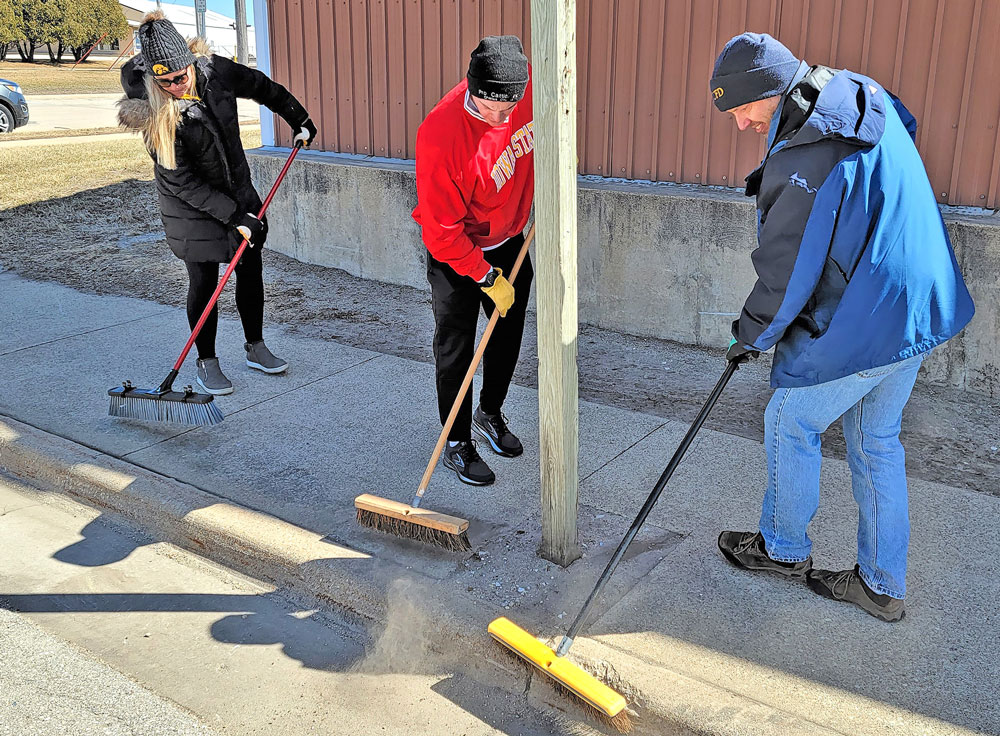
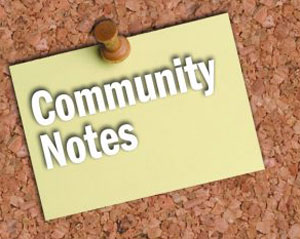

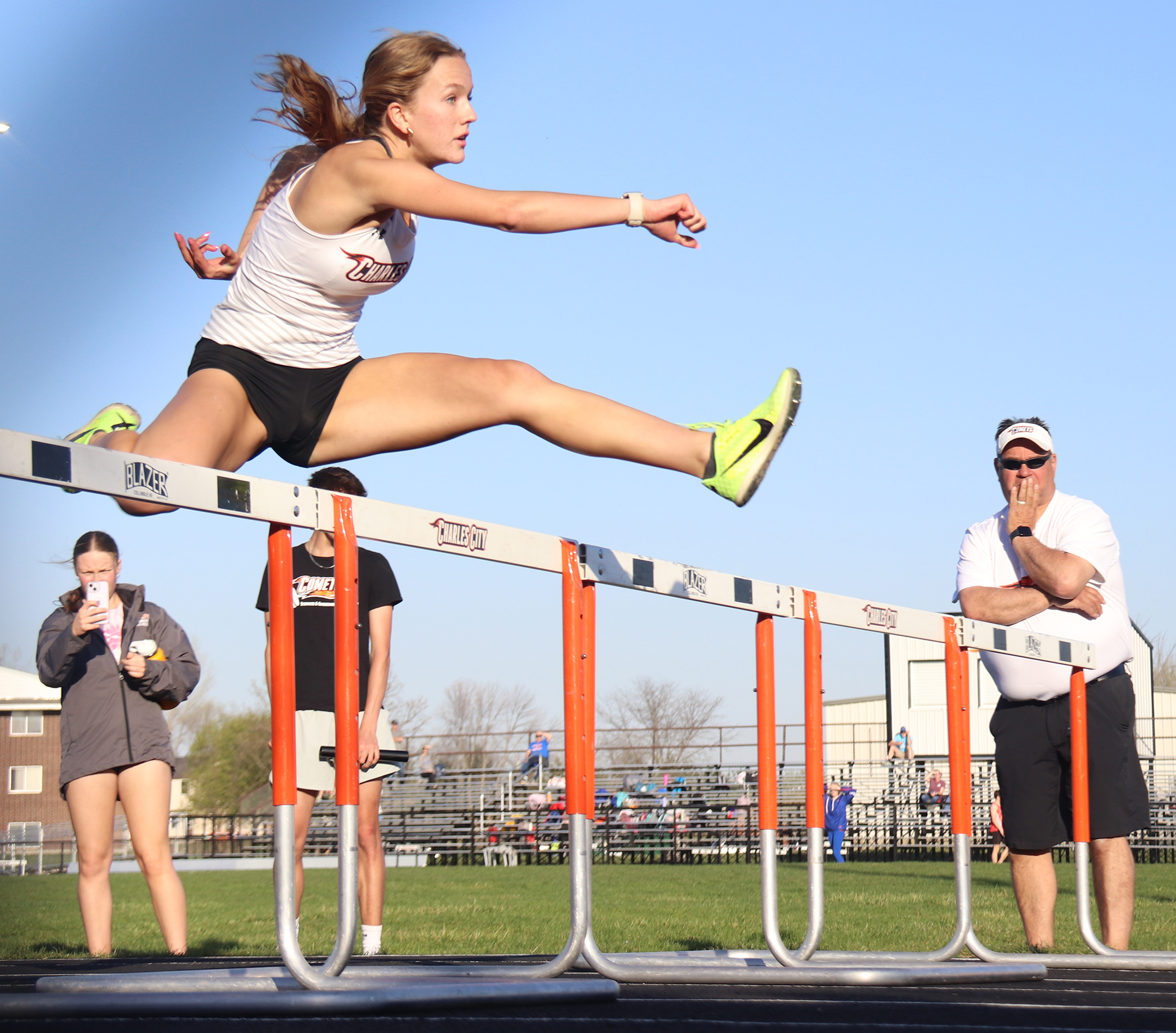


Social Share